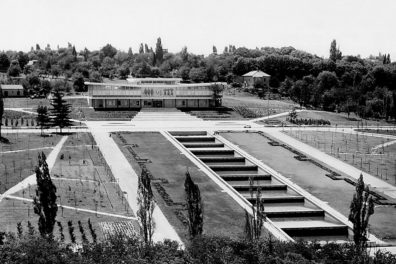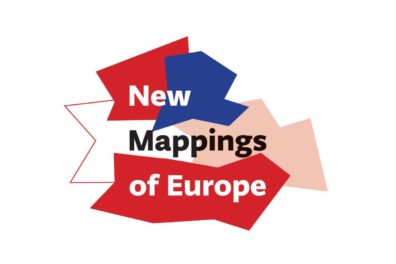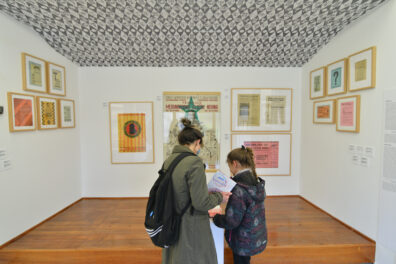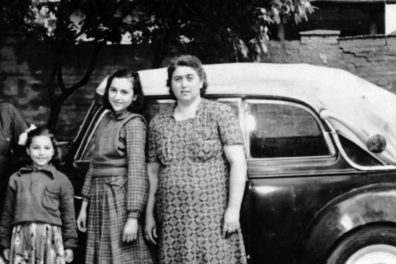Guided tour by deaf curator Mihailo Gordić
Part of the exhibition: Museum Laboratory
The program was canceled due to the illness of the participants
For three years now, the Museum of Yugoslavia has been implementing a program in which members of the Deaf community lead through the Museum’s permanent exhibition. On Saturday, November 14, at 11 a.m., as part of the “Museums for 10” manifestation, whose slogan is “Museums for Equality: Diversity and Inclusion”, the audience will be able to attend guided tour in Serbian sign language, with interpreters’ translation into Serbian. The guide will be Mihailo Gordić, a member of the Deaf community, who will present the permanent exhibition of the Museum from the perspective of this community, and the tour will be specific because it will additionally emphasize the topics related to marginalized groups.
The Museum of Yugoslavia launched the “Sign Museum” program in 2017, by training the first deaf guide, Mihailo Gordić, who, together with curator Sara Sopić, with the help of a sign language interpreter, selected items from the permanent exhibition, thus building his unique tour. The result is an interesting tour that views the history of Yugoslavia through the prism of the culture of the Deaf.
“For example, in regard of the photograph of the signing of peace in the Second World War, which shows Winston Churchill, Joseph Stalin and Theodore Roosevelt, I don’t talk only about the historical event but also about the disability of the American president, skillfully hidden from the public,” Mihailo Gordić said.
Since the first tour, which was realized in 2018, the Museum of Yugoslavia has been visited by more than three hundred members of the local and international community of the Deaf, with guidance in their sign language.
“The availability of cultural content to the Deaf community is limited due to the lack of regular programs in Serbian sign language and the general lack of awareness that deaf people use another language. Therefore, deaf and hard of hearing people, due to communication barriers, usually are not able to follow cultural content, and on rare occasions when there is a translation into Serbian sign language, this is done with the help of an interpreter. For the first time in local museum practice, the ‘Sign Museum’ project has enabled members of the Deaf community to follow and participate in the creation of cultural content in their mother tongue, Serbian sign language,” Sara Sopić, curator, explains and adds,
“This approach to inclusive practices not only achieves the availability of content to members of a particular marginalized group, but it empowers them, gives them a voice and an active role in the fight for their rights. Also, equal involvement of members of the Deaf community in the creation and implementation of the project contributed to breaking down the prejudices about the Deaf, which is supported by the fact that the Museum has regular requests from hearing visitors to attend tours in Serbian sign language, with translation into Serbian, so we have decided to implement just such a program.”
Admission to the program is free, and due to compliance with measures to prevent and combat the infectious disease COVID-19, the number of visitors is limited to 15 and it is necessary to register in advance:
https://forms.gle/eZiqVEe3hpoSCKjU6
During the visit, it is mandatory to wear a protective mask and maintain a physical distance, which requires a distance of at least two meters between two visitors. Upon entering the Museum complex, it is obligatory to disinfect hands with alcohol and non-contact measurement of body temperature.
- Day: 14.11-14.11.2020
- Time: 11:00
- Capacity: 15

The Origins: The Background for Understanding the Museum of Yugoslavia
Creation of a European type of museum was affected by a number of practices and concepts of collecting, storing and usage of items.

New Mappings of Europe

Museum Laboratory
Starting from the Museum collection as the main source for researching social phenomena and historical moments important for understanding the experience of life in Yugoslavia, the exhibition examines the Yugoslav heritage and the institution of the Museum

